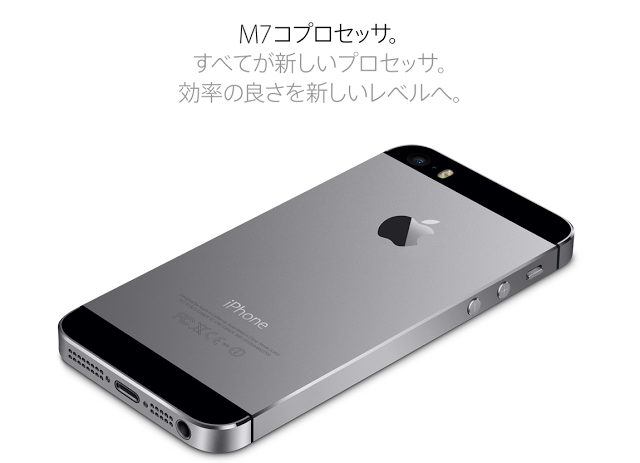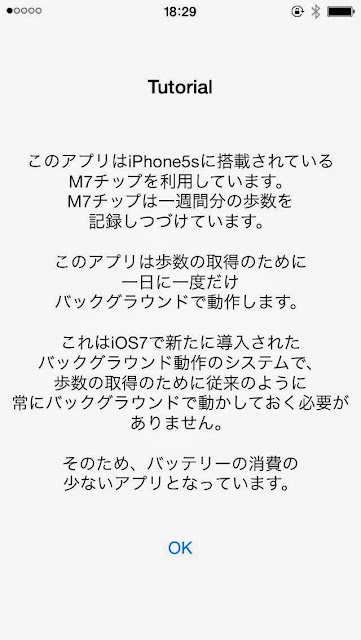M7 co-processor” and “Motion Activity”, which were first introduced in iPhone 5s, seem to be very interesting.
What is the M7 Coprocessor?
“The M7 co-processor is a chip that assists the CPU, which is the main processing unit, to perform specific calculations. It controls sensors such as the accelerometer, gyroscope, and electronic compass, and was first introduced in the iPhone 5s.
The main advantage of this is that controlling the data collected from these sensors can be done with much less battery consumption than using the main chip.
The control of the accelerometer and gyro sensor itself existed in devices before the iPhone 5s, but the control by the main processor, like the conventional method, consumes the battery of the iPhone too much.
Therefore, although there were applications that could make use of various sensors, there was a certain limit in terms of battery consumption to keep recording them constantly.
However, with the M7 co-processor, data collected from sensors can now be processed with less battery power than with the iPhone’s main chip. This means that developers can create apps that use the iPhone’s sensors more often or regularly.
What is Motion Activity?
Motion Activity is a feature provided by iOS to access the data of various sensors recorded by this M7 coprocessor.
In short, it is a “mechanism” to take out the data in the M7 coprocessor that is difficult to handle in a bare state so that it can be used in an application.
It may be said that it is a mechanism unique to Apple that develops both hardware and OS in unison.
Argus’ use of motion activity
Well, the application that uses the motion activity that utilizes the data of such M7 coprocessor seems not to have come out so much yet, but the application that can be said to be the representative is “Argus”.
It is a life log application to which various log functions were added to “pedometer” that is always moving roughly.
But if that’s all there is to it, there have always been apps that fall under the category for iOS devices.
However, if you install this app on your iPhone 5s, you will surely feel the power of the M7 co-processor.
Before you know it, your daily step count from about a week ago will be reflected!
That’s right, this M7 chip was keeping track of my steps for a week. It was using motion activity to read the steps data into this app.
This is a great technique because it saves on battery consumption.
In other words, since data from the accelerometer and other sensors can now be stored in this co-processor at all times (for a week, we’re told), it can be freely imported into apps through motion activity, and various logs can be used even if the app isn’t running in the background all the time, as it has been in the past. without the app running in the background.
At the moment, it seems to be able to utilize only the number of steps data, but in the future, GPS logs will be automatically stored in this M7 co-processor, and the device owner may be able to retrieve it through the app each time.
Perhaps it’s already possible…
In any case, this feature is very exciting for me as a traveler. With Motion Activity, you’ll be able to log more of your travels.
I’ll be paying close attention to the future development of apps via motion activity.
Reference Article:.
ASCII.jp:「M7」コプロセッサ?iPhone 5sの「モーションアクティビティ」とは何か? (1/2)|Apple Geeks http://ascii.jp/elem/000/000/828/828919/
iPhone 5sの「M7」コプロセッサ搭載が意味するもの──「コンテクスチュアルコンピューティング」への一歩 (1/3) – ITmedia ニュース http://www.itmedia.co.jp/news/articles/1309/18/news057.html
iPhone 5s限定:モーション・コプロセッサ「M7」に対応したアプリのリスト | Touch Lab – タッチ ラボ http://touchlab.jp/2013/09/list_of_my_coprocessor_comatible_apps/









